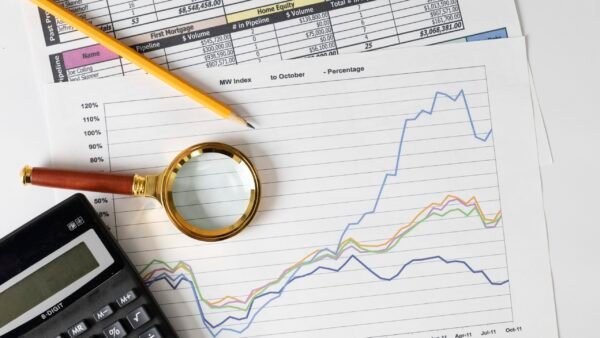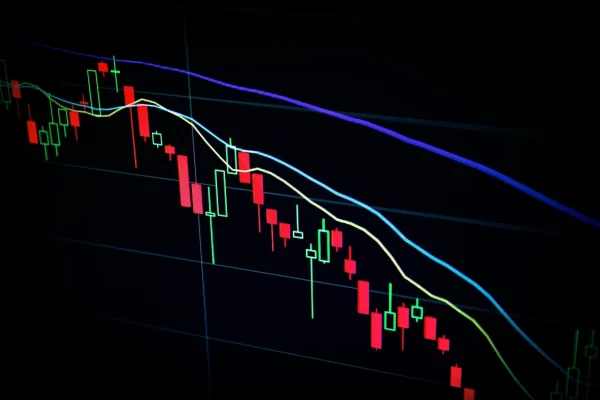Elasticity is one of the most basic concepts of economics, which directly affects the pricing of a company’s products. But, do you know what the elasticity of supply and demand consists of?
and how does the concept of elasticity allow us to improve upon our understanding of supply and demand?
Before knowing how the concept of elasticity allows us to improve upon our understanding of supply and demand what the is. It is necessary to know the concepts of demand, supply, and elasticity.
Read more: Poor blood circulation in the legs
What is the Demand?
Demand refers to the desire and willingness of the consumer to buy a product or service in a given period over time. Consumers must also have the ability to pay for something they want or need as determined by their available income budget. Therefore, demand is a force that affects economic growth and market expansion.
What consumers want and need can be seen through their demand for products and goods. It drives the economy and helps business decisions that meet the needs of consumers.
What is the offer?
Supply is a term in economics that refers to the number of units of goods or services that a supplier is willing and able to bring to market for a specified price.
The willingness and ability to get products to market are influenced by the availability of stocks and the determinants that drive supply. A change in prices also affects the equilibrium of the market. A price increase will result in more supplies, and a decrease will result in the opposite effect.
What is elasticity in economics?
Elasticity is a general measure of the responsiveness of one economic variable in response to a change in another economic variable.
In business and economics. Elasticity refers to the degree of change. In which individuals, customers, producers, and suppliers alter demand and supply when variables such as income change (How to improve your social life).
Elasticity is a central concept in economics and has many applications. Basic demand and supply models explain different variables. such as price, demand, and income are generally related. So what elasticity does is that it can provide crucial information about the strength and weaknesses of such relationships.
How does elasticity work?
When the elasticity value is greater than 1.0, it means that the demand for that good or service is affected by the price. On the other hand. when the value of elasticity is less than 1.0, the demand for goods/services is not affected by the price change.
We also call it inelastic. Inelastic means that the buying habit of consumers remains more or less the same, regardless of the change in prices.
How does the concept of elasticity allow us to improve upon our understanding of supply and demand?

Understanding the concept and operation of elasticity is useful. Because it allows you to understand how prices affect supply and demand. If you can do that, you can understand how to maximize revenue by either raising your prices or lowering them.
This plays a key role in any business. Because it allows you to determine if increased costs add a net profit (or loss) to the bottom line of the business.
The key concept to keep in mind is the price elasticity of demand. If the good you are selling is price inelastic, you increase the price.
But keep in mind that just because the quantity demanded hasn’t changed in the short run doesn’t mean it won’t. Remember that time is a factor, and both quantities supplied and quantity demanded often react slowly to price changes. But in the long run, they tend to.
This is because suppliers find it easier to expand production after knowing that demand will continue. After all, if the demand is short-lived, but they have increased the supply. They will not be able to sell the additional goods unless they lower the price to meet the demand.
also read: diffusion capacity
The elasticity of demand
The elasticity of demand, or elasticity of demand, refers to the sensitivity of demand for goods compared to changes in other economic factors. such as price or income. It is commonly known as price elasticity of demand. Because the price is the most common economic factor used to measure it.
Demand elasticity helps companies predict changes in demand based on a number of different factors. Including changes in price and market entry of competitive goods.
When the data is plotted, the elasticity of demand slopes downward. an elastic demand shows up as a more horizontal or flatter slope.
It is calculated by dividing the percentage change in quantity demanded by the percentage change in price. If the elasticity quotient is greater than or equal to one, the demand is considered elastic.
A common example of an elastic product is gasoline. As the price of gas rises and falls with the international market, demand (the distance traveled by the population) rises and falls in an almost direct correlation. gasoline has an elasticity quotient of one or more and has a flatter slope on a graph.
If the elasticity ratio is less than one, the demand is considered inelastic.
Supply elasticity
We explain what the elasticity of supply is, the types that exist, influencing factors, and how it is calculated and we give an example
elasticity vs. Inelasticity of demand: what is the difference?

Inelasticity and elasticity of demand refer to the degree to which demand responds to a change in another economic factor. The elasticity of demand measures how demand changes when other economic factors change. when a change in demand is not related to an economic factor, it is called inelasticity.
Price is the most common economic factor used when determining elasticity or inelasticity. Other factors include income level and the availability of substitutes.
What is the elasticity of supply?
The elasticity of supply is an indicator used in economics to express the responsiveness or flexibility of the quantity supplied of a product or service to a change in its price. A business needs to know how quickly and effectively it can respond to changing market conditions, especially price changes.
Elasticity is represented in numerical form and is defined as the percentage change in quantity supplied divided by the percentage change in price. It is desirable for a company to be highly responsive to changes in price and other market conditions.
A high supply elasticity makes the firm more competitive than its rivals and enables the firm to generate more revenue and profit.
In the short run, the number of products offered may be different from the quantity manufactured, because companies have inventories that they can accumulate or consume.
Types of elasticity of supply
inelastic supply
The supply of the product can be described as inelastic when the coefficient is less than one; Firms find it difficult to change production in a given period of time. For example, the supply of hotel rooms is inelastic.
elastic supply
On the other hand, supply can be described as elastic when the coefficient is greater than one; companies can easily increase production without cost increases or time delays. The supply of books is elastic.
FAQs
For elastic products, reduce prices to drive more sales volume. This will also improve your price perception in the market. With inelastic products, increase your prices to drive higher margins with limited impact on units sold.
The concept of elasticity is defined as the relationship between the relative change of a dependent variable over the relative change of an independent variable.
Elasticity in economics refers to the responsiveness of quantity demanded or supplied to changes in price or income. Elasticity is a measure of how much the quantity of a good or service changes in response to a change in price or income.
Elasticity impacts supply and demand by determining the responsiveness of the quantity supplied or demanded to changes in price or income. In general, the higher the elasticity, the more responsive the quantity supplied or demanded is to changes in price or income. Price elasticity of demand measures the responsiveness of the quantity demanded of a good or service to changes in its price. If the demand is price elastic, a small change in price will lead to a relatively large change in the quantity demanded. If the demand is price inelastic, a small change in price will lead to a relatively small change in the quantity demanded. How can you apply the concepts of Elasticity to decision-making?
What is the concept of elasticity?
What is the concept of elasticity in economics?
How does elasticity impact supply and demand?

